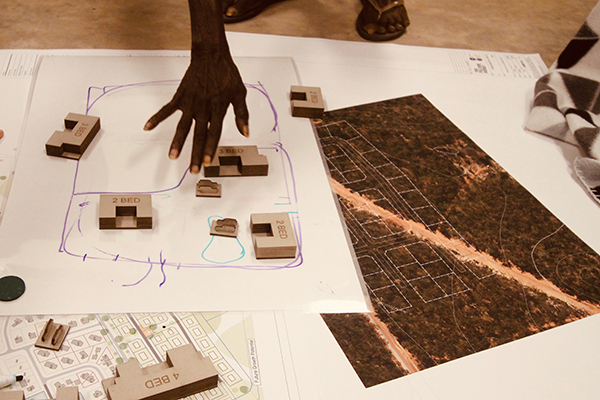Read time: 20 minutes
Decades of advocacy to achieve progress toward sustainable outcomes have highlighted an urgent need to reframe our relationships with the natural world and with one another. Humans exist within a reciprocal dynamic with one another, and with the environment. However, many of our dominant systems have created structural relationships which overlook the importance of that reciprocity, resulting in injustices for the environment and other humans.
The practice of design affords architects the opportunity to reframe the way those relationships are structured and deliver regenerative design and improved social value including greater equity, social diversity, enhanced community trust and cohesion through greater public participation. How we build and organise our environments can help or hinder social connection. At worst, failed approaches can build in isolation, with long term damage to quality of life and physical and mental health. How we build refers not only to the built structure but the process through which we arrive at that structure. Social connection can be supported and realised through innovation in both design process and outcomes in built form. This note includes case study examples of both in this rapidly growing area of awareness, advocacy and practice innovation.
Related courses - Available via Online CPD
Disclaimer
This content is provided by the Australian Institute of Architects for reference purposes and as general guidance. It does not take into account specific circumstances and should not be relied on in that way. It is not legal, financial, insurance, or other advice and you should seek independent verification or advice before relying on this content in circumstances where loss or damage may result. The Institute endeavours to publish content that is accurate at the time it is published, but does not accept responsibility for content that may or has become inaccurate over time. Using this website and content is subject to the Acumen User Licence.

